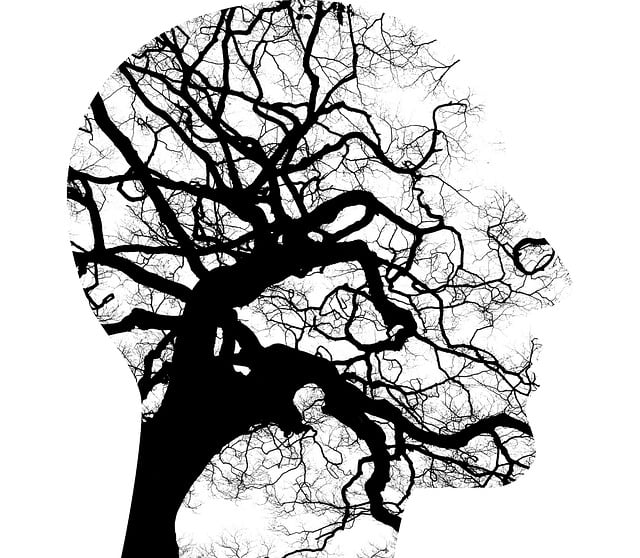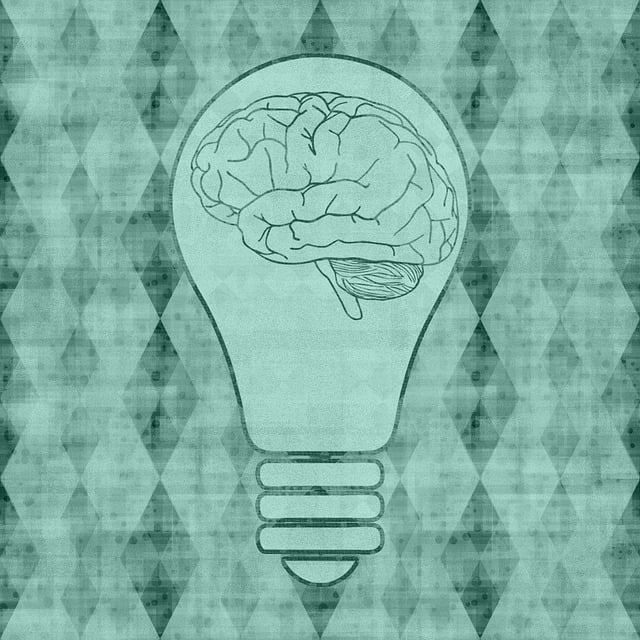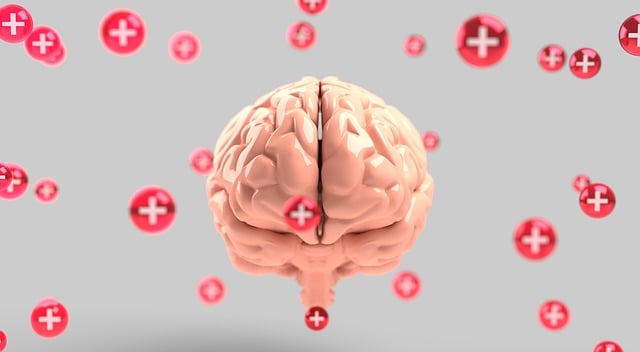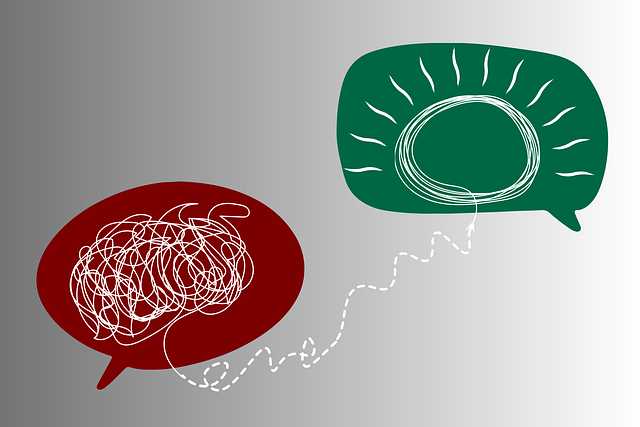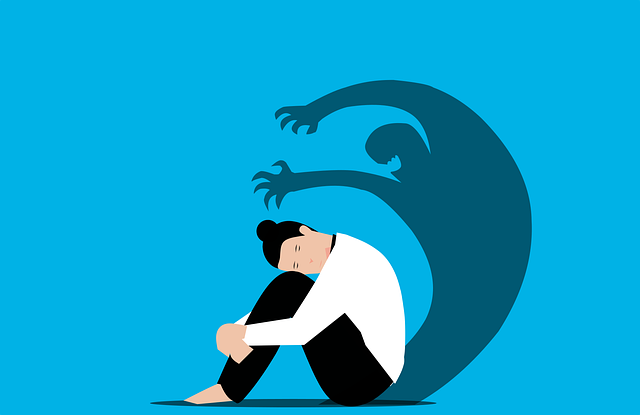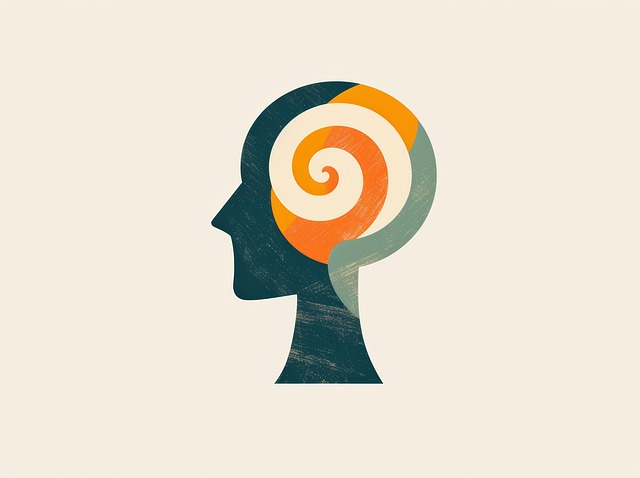Understanding mood regulation through empathy-building and cognitive behavioral techniques (CBT) is key in treating adult phobias. CBT, by breaking down negative thought patterns and teaching coping strategies, leads to successful phobia management. Mindfulness practices like meditation enhance self-esteem and mental health awareness, empowering individuals to face fears. Exposure therapy, a powerful treatment, involves gradual exposure to triggers in safe settings, desensitizing patients and promoting resilience. Lifestyle changes and support systems also play vital roles in mood regulation and overall well-being for those dealing with phobias.
Mood regulation is a powerful tool in managing phobias, offering individuals control over their emotional responses. This article explores various strategies, from Cognitive Behavioral Therapy’s structured steps to mindfulness techniques designed for adult phobia management. We delve into exposure therapy, where facing fears directly can lead to significant progress. Additionally, lifestyle changes and support systems are highlighted as essential components of successful mood regulation, providing a comprehensive guide to overcoming phobias through effective therapy.
- Understanding Mood Regulation and Its Impact on Phobias
- Cognitive Behavioral Therapy (CBT): A Step-by-Step Approach
- Mindfulness Techniques for Adult Phobia Management
- Exposure Therapy: Facing Fears Head-On
- Lifestyle Changes and Support Systems for Better Mood Control
Understanding Mood Regulation and Its Impact on Phobias

Understanding mood regulation is key to managing and overcoming phobias, especially in therapy for adults with phobias. Mood is a critical component of our emotional landscape, influencing how we perceive and respond to various situations, including those that trigger fear or anxiety. When an individual experiences intense or prolonged negative moods, such as distress or depression, it can exacerbate existing phobias or contribute to the development of new ones.
Effective mood regulation strategies are integral to therapy for adults with phobias, aiming to promote emotional healing processes and reduce symptoms of anxiety relief. Empathy building strategies play a significant role here, fostering an environment where individuals feel understood and supported. By learning techniques to manage their moods, clients can develop coping mechanisms that empower them to face their fears in a more controlled and less distressing manner, ultimately leading to successful phobia management.
Cognitive Behavioral Therapy (CBT): A Step-by-Step Approach

Cognitive Behavioral Therapy (CBT) is a highly effective step-by-step approach to mood regulation, particularly tailored for adults experiencing phobias and anxiety disorders. This therapy focuses on identifying and challenging negative thought patterns and behaviors that contribute to emotional distress. By breaking down complex issues into manageable components, CBT enables individuals to gain a deeper understanding of their thoughts and emotions.
Through structured sessions, clients learn to recognize cognitive distortions, replace them with more realistic and positive thoughts, and develop healthier coping mechanisms. The process involves setting specific goals, acquiring new skills, and applying them in real-life situations. This gradual exposure allows individuals to confront their fears and overcome phobias, leading to significant improvements in mood regulation and overall well-being. Moreover, CBT can be combined with crisis intervention guidance for those in immediate need of anxiety relief, offering a comprehensive framework that has proven effective in various community outreach program implementations.
Mindfulness Techniques for Adult Phobia Management

Mindfulness techniques have emerged as powerful tools in the therapy for adults phobias. By focusing on the present moment and cultivating non-judgmental awareness, individuals can learn to manage their anxiety and fears effectively. Mindfulness meditation, breathing exercises, and body scans are commonly used practices that help to calm the mind and reduce the intensity of phobic responses. These techniques allow people to observe their thoughts and emotions without becoming overwhelmed, fostering a sense of control over their reactions.
In the context of risk management planning for mental health professionals, integrating mindfulness into therapy can enhance self-esteem improvement and promote mental health awareness. By teaching clients these skills, therapists empower them to face their phobias head-on, leading to improved quality of life. Mindfulness practices support individuals in developing resilience, enabling them to navigate challenging situations with greater ease and emotional balance.
Exposure Therapy: Facing Fears Head-On

Exposure therapy is a powerful technique that helps individuals confront and overcome specific fears or phobias, making it an effective treatment option for adults seeking therapy for their phobias. This approach involves gradually exposing the person to the feared object or situation in a safe and controlled environment. By facing their fears head-on, individuals can learn to manage their anxiety responses and ultimately reduce their avoidance behaviors.
The process begins with identifying the triggering stimuli and determining the individual’s current level of anxiety related to them. Healthcare providers skilled in this therapy then create a structured hierarchy of exposure exercises tailored to the patient’s needs. As the patient progresses through each step, they learn coping strategies and gain a sense of control over their reactions, ultimately desensitizing themselves to the phobia-related stimuli. This method not only offers a lasting solution for managing anxiety but also aligns with compassion cultivation practices, promoting self-awareness and resilience in individuals seeking to overcome their fears. Additionally, healthcare provider cultural competency training can enhance the effectiveness of exposure therapy by ensuring culturally sensitive care.
Lifestyle Changes and Support Systems for Better Mood Control

Making lifestyle changes can significantly impact mood regulation. Incorporating regular physical activity, a balanced diet, and sufficient sleep into daily routines has been proven effective in reducing symptoms of depression and anxiety. These simple yet powerful tools can enhance overall well-being and provide an excellent foundation for better mood control. Additionally, fostering strong support systems is vital; reaching out to friends, family, or support groups offers a sense of belonging and encourages open communication about emotional struggles, which is essential for managing mental health effectively.
For individuals dealing with specific fears or phobias, therapy can be incredibly beneficial. Cognitive-behavioral therapy (CBT), for instance, is a widely recognized approach that helps adults navigate and overcome their phobias by challenging negative thought patterns and gradually exposing them to feared situations. This therapeutic method not only aids in phobia management but also empowers individuals to develop inner strength and coping mechanisms for long-term mental health risk management planning.
Mood regulation is a powerful tool in managing phobias, offering individuals effective strategies to navigate their emotional state. From CBT’s structured approach and mindfulness techniques to exposure therapy and lifestyle modifications, various treatments empower adults to confront and overcome their fears. By combining these evidence-based methods with supportive systems, one can achieve significant progress in overcoming phobias and enhancing overall well-being. Remember, seeking professional guidance is a crucial step towards finding the best therapy for adult phobias and reclaiming control over one’s mood and life.

